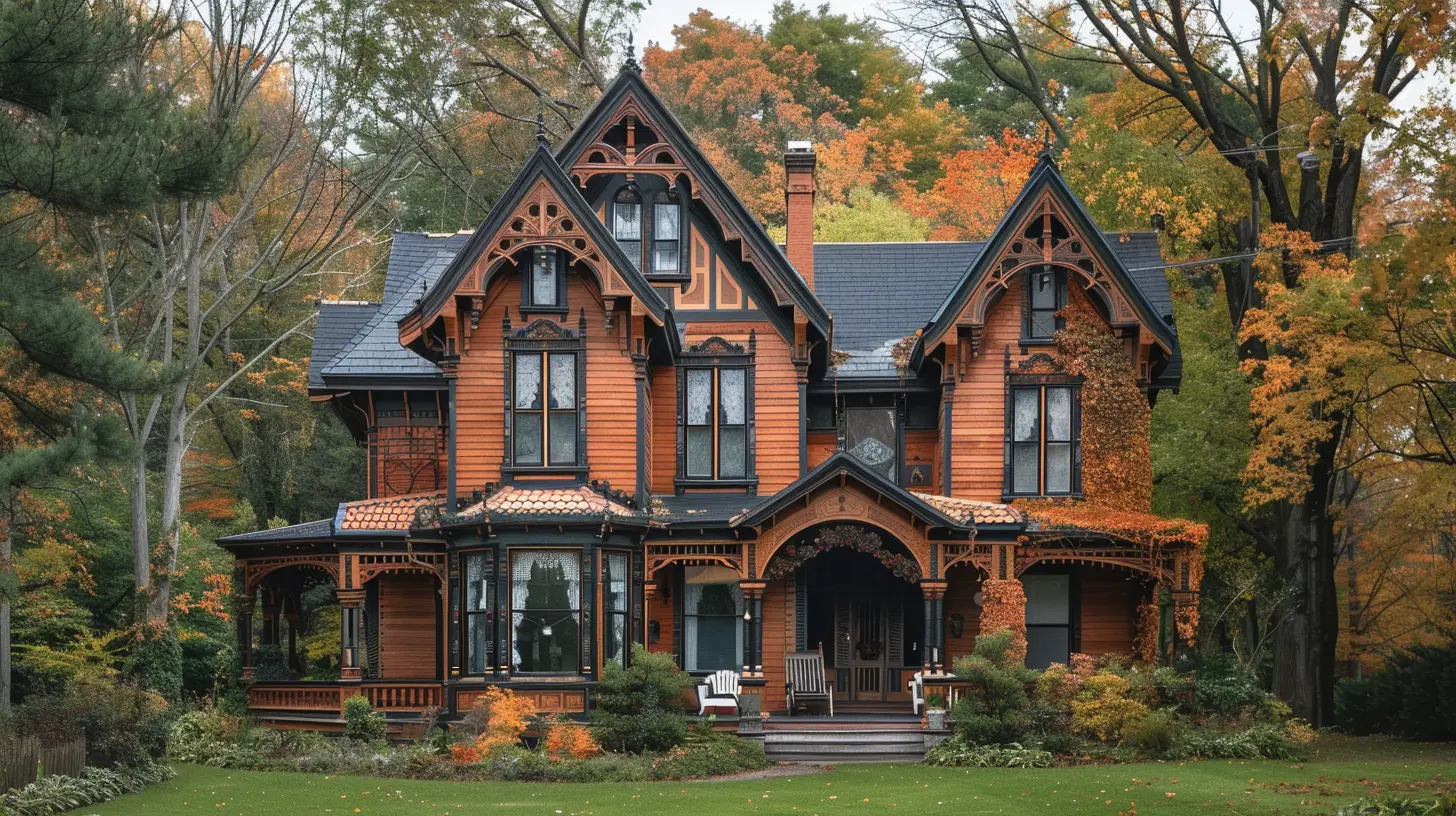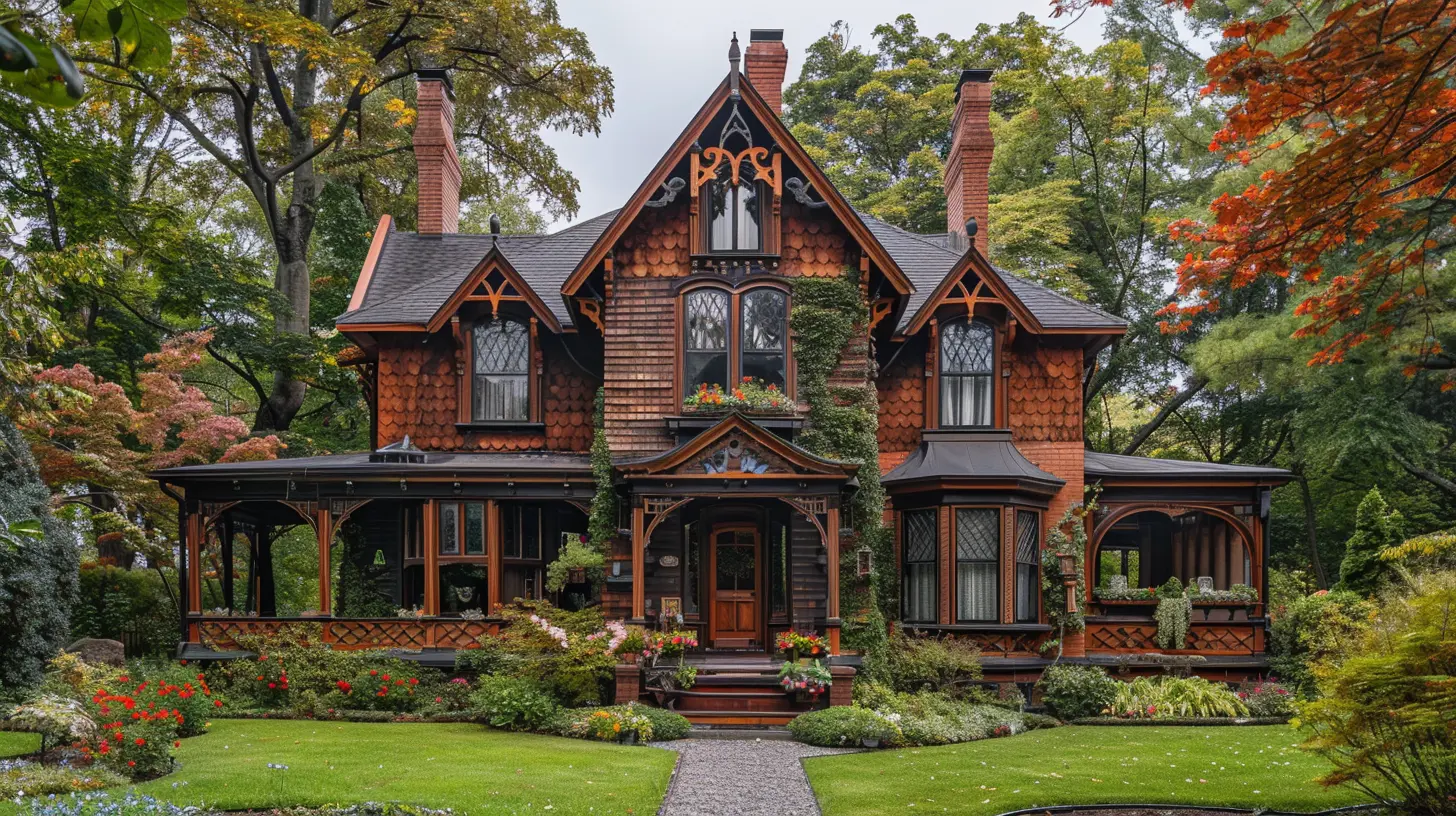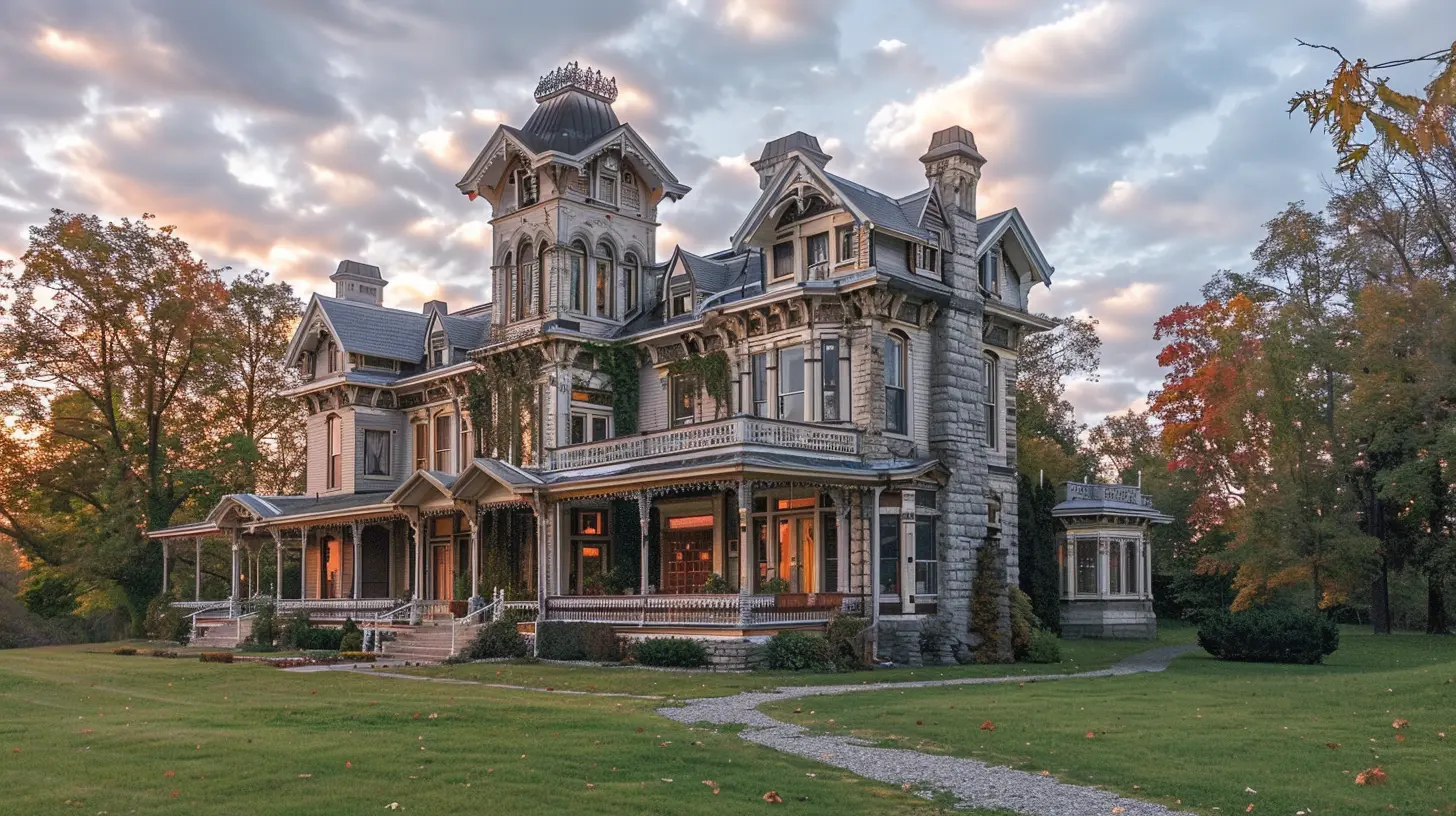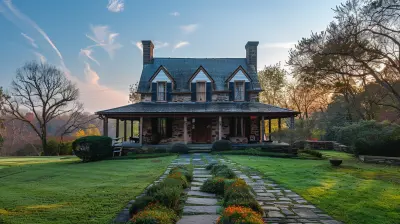Why Historic Homes Are Perfect for Lovers of Unique Architecture
5 September 2025
Have you ever walked past an old Victorian house or a charming Colonial home and found yourself completely mesmerized? There’s just something about historic homes that captures the heart. It could be their timeless beauty, the craftsmanship that’s hard to find in modern buildings, or the story they seem to whisper from their walls.
If you’re someone who appreciates unique architecture, then a historic home might be the perfect fit for you. These properties offer more than just a place to live—they bring character, history, and a sense of nostalgia that newer homes often lack. Let’s dive into why historic homes are an absolute dream for anyone who loves distinctive design and remarkable craftsmanship. 
Unparalleled Architectural Details
One of the most compelling reasons to love historic homes is their intricate architectural details. Unlike the cookie-cutter designs of many modern houses, historic homes were built in an era when craftsmanship truly mattered.Think about it—when was the last time you walked into a new home and saw handcrafted moldings, intricate stained glass windows, or ceilings adorned with ornate plasterwork? These are the kinds of details that make historic homes stand out. Whether it's the elegant curves of an Art Nouveau home or the sturdy stonework of a Tudor Revival, each architectural style has its own story to tell.
Many of these homes were built by skilled artisans who dedicated their lives to perfecting their craft. From hand-carved wooden staircases to custom ironwork, these details are nearly impossible to replicate in modern construction without spending a fortune. Owning a historic home means living in a piece of art, one that has been thoughtfully designed and skillfully built. 
They Tell a Story Like No Other
Every historic home has a past, and that’s part of what makes them so intriguing. Imagine owning a house that has stood for a century or more—what stories do its walls hold? Who lived there before you?Unlike new builds, which start as a blank slate, historic homes often come with rich histories. Some may have been the residences of notable figures, while others have witnessed important historical events. Even if the home doesn’t have a famous past, it still carries the echoes of previous generations.
Living in a historic home connects you to the past in a way that a modern house never could. It’s like being a part of a living history book where each creaky floorboard and vintage doorknob tells a tale. Owning one means preserving that history and becoming a steward of something much greater than yourself. 
Higher Quality Materials and Craftsmanship
Let’s be honest—homes just aren’t built the way they used to be. In the past, builders used high-quality materials that were meant to last, unlike today’s mass-produced materials that often prioritize cost over durability.Many historic homes were constructed with hardwoods, solid brick, and natural stone—materials that age beautifully and stand the test of time. Compare that to modern builds, which often rely on plywood, pressed wood, and cheap vinyl siding. There’s a reason so many historic homes have lasted for over a hundred years while some newer homes show signs of wear after just a couple of decades.
Additionally, the craftsmanship in historic homes is second to none. Skilled artisans weren’t just building houses—they were creating masterpieces. From carefully laid tilework to beautifully detailed wood carvings, their work was a labor of love. Today, replicating that level of craftsmanship would cost a small fortune, making historic homes a remarkable investment in both design and quality. 
Unique Designs That Stand Out
If you’ve ever driven through a newly built neighborhood, you’ve probably noticed how similar all the homes look. Many modern developments follow a uniform design, which can make it difficult for any one house to really stand out.Historic homes, on the other hand, boast individuality. Whether it’s a grand Victorian with a turret, a charming Craftsman with exposed beams, or a stately Georgian with symmetrical windows, each historic home has its own personality. These homes were built before the era of mass production, meaning designs were often customized, making no two homes exactly alike.
For architecture enthusiasts, this uniqueness is priceless. Why settle for a plain, predictable house when you can own a home with character, charm, and one-of-a-kind features?
A Sense of Community and Charm
Owning a historic home isn’t just about the house itself—it’s also about the environment it’s in. Many historic homes are located in well-established neighborhoods with mature trees, walkable streets, and a charming atmosphere that’s hard to find in newer developments.In many cases, these historic districts foster a sense of community. Neighbors take pride in maintaining their homes, and there’s often a shared appreciation for preserving the area's history. Some communities even host events like historic home tours, inviting others to admire and celebrate the unique architecture in the neighborhood.
If you’re someone who enjoys feeling connected to the past while also being part of a tight-knit neighborhood, a historic home offers the best of both worlds.
Potential for Investment and Long-Term Value
Many people assume that old homes are just money pits that require constant upkeep. While it’s true that historic homes may need more maintenance than a newer build, they can also be a smart financial investment.For one, historic homes often appreciate in value over time, especially if they are well-maintained. Because they are unique and often located in desirable areas, they tend to hold their value better than many newer homes. Additionally, many historic districts have regulations in place to preserve the character of the neighborhood, which helps protect property values.
There are also tax incentives and grants available for owners of historic homes, particularly if the home is part of a designated historic district. These programs can help offset maintenance costs and make owning a historic home more financially viable than many people realize.
Tips for Owning a Historic Home
If you’re seriously considering buying a historic home, here are a few things to keep in mind:- Understand Maintenance Needs – Older homes often require specialized upkeep. Be prepared for some repairs, but remember that quality craftsmanship means many of the original materials were built to last.
- Research Local Regulations – Many historic districts have guidelines in place to preserve the architectural integrity of homes. Make sure you’re familiar with any restrictions before making changes to the property.
- Budget Wisely – While historic homes can be a great investment, restoration projects can sometimes cost more than anticipated. Having a budget for renovations will help prevent unexpected financial stress.
- Work With Experts – When making repairs or upgrades, finding contractors who specialize in historic homes can ensure that work is done correctly and preserves the home’s original charm.
Final Thoughts
Historic homes are more than just places to live—they’re works of art, pieces of history, and symbols of enduring craftsmanship. For lovers of unique architecture, they offer a perfect blend of beauty, charm, and storytelling that modern homes simply can't match.Sure, they may require a little extra love and care, but that’s part of what makes them so special. When you invest in a historic home, you’re not just buying a house—you’re becoming a part of its legacy. And what could be more rewarding than that?
all images in this post were generated using AI tools
Category:
Historic HomesAuthor:

Kingston Estes
Discussion
rate this article
1 comments
Astra McLoughlin
Absolutely! Historic homes are like a treasure chest of unique stories and architectural charm. Embrace their quirks and character—each nook and cranny holds a piece of history! Dive in, explore, and let your love for architecture flourish! 🏡✨
September 12, 2025 at 10:54 AM

Kingston Estes
Thank you! I completely agree—historic homes truly are a celebration of rich stories and unique design. Embracing their character enriches our appreciation for architecture! 🏡✨


